Bánh In: Basic Information
Pronunciation
Alternative Name(s)
Dish Type
Course
Mealtime
Popular Bánh In Variations
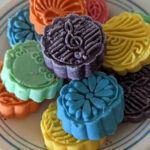
Bánh Phục Linh
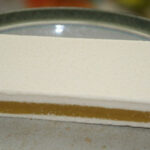
Bánh In Nhân Sầu Riêng
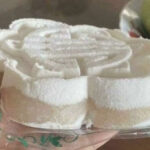
Bánh In Nhân Dừa
Bánh In: Ingredients and Preparation
Main Ingredients
Main Cooking Method
Preparation Process
Bánh In: A Deep Dive
Cultural Significance
Taste
Texture
Aroma
Color
Serving Style
Serving Temperature
Accompaniment
Occasions
Seasons
Special Diets
Calories
Popularity
Popular Similar Dishes
Popular Dining Area
Bánh in is a traditional type of cake made from glutinous rice flour, mung beans, and sugar, which originates from Hue, Vietnam.
What makes bánh in distinctive is the dough is pressed into molds with beautiful designs featuring the characters “Phúc” (meaning happiness), “Lộc” (wealth), and “Thọ” (longevity).
They are typically wrapped in colorful and glossy paper (e.g., orange, green, pink, yellow, or red).
In English, bánh in literally translates to “print cake” or “stamp cake.”
Hue-style bánh in is available in various shapes or sizes, from circles to squares, rectangles, hexagons, to octagons, depending on the mold used.
Bánh in is traditionally consumed during the Vietnamese Lunar New Year (Tết holiday) since locals use it for worship rituals, so it can be used on Buddha’s Birthday.
Today, it can be found all year round across Vietnam and beyond, like Asian grocery stores around the world.
FYI, bánh in is a variation of the Northern bánh khảo (aka bánh oản or oản bột).
Bánh in is not only famous in Hue (Central Vietnam) but also in the Southwest region, such as bánh in Cổ Cò in Soc Trang Province or bánh in đậu xanh in Dong Thap Province.
Bánh in’s origin is fascinating to explore, which I’ll uncover shortly. You can make it at home as well, and there are different styles of bánh in.
Plus, it’s beneficial to consider its various advantages and disadvantages, frequently asked questions, and other dishes akin to bánh in order to enrich your understanding of this Vietnamese cake.
Key Points
Bánh In Images
What Is the Origin of Bánh In?
Bánh in is believed to have started in Kim Long village of Hue during the Nguyen Dynasty, when Hue was the imperial capital of Vietnam. Back then, the Emperor wanted a simple, tasty snack to enjoy with tea during the Lunar New Year.
He asked the skilled artisans of Kim Long village to craft the treat, focusing on using abundant mung beans and sugar from their region and developing a nutritious yet cost-effective cake. The first version of the cake was stamped with the character “thọ” on it, implying a wish for the Emperor’s long life.
The Emperor was so pleased with this creation that he rewarded the village and decreed the preservation of this craft for future generations. Nowadays, the tradition of making bánh in in Kim Long village has evolved and spread to other places in Vietnam.
Bánh in can be made with other ingredients like coconut or durian filling, while the core components are still mung beans and sugar. And the good news is you can still prepare it yourself, which will be discussed in the next part.
How To Make Bánh In?
Below are four simplified steps for homemade bánh in.
Step 1: Cooking the Sugar Syrup
Combine sugar and water in a pot and bring to a boil. Simmer on low heat for about 10 minutes until the mixture thickens and becomes syrupy.
Step 2: Preparing the Bean Filling
Soak mung beans in water for 4-5 hours until soft. Cook them until tender, then blend them into a smooth paste. Mix sugar into the bean paste and cook over low heat until the mixture thickens.
Step 3: Mixing the Dough
In a large bowl, mix the flour with the prepared sugar syrup. Stir until well combined and the mixture becomes smooth.
Step 4: Filling the Molds
Fill 2/3 the mold with the dough mixture, add a layer of mung bean in the middle, then top it with one more dough mixture until the mold is fully filled. Press it firmly into the mold and let it sit for at least 30 minutes before unmolding.
In reality, artisans must undergo a meticulous process involving ten detailed steps to create Hue’s specialty, from carefully selecting high-quality mung beans to finally packaging the cake. Besides, there are different styles of bánh in made with different ingredients across Vietnam.
What Are Bánh In Variations?
Here are the three most common varieties of Vietnamese print cake to refer to.
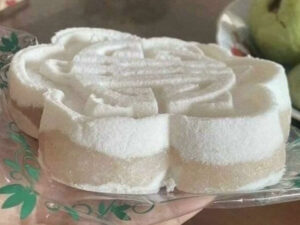
Bánh In Nhân Dừa
Includes a soft and chewy young coconut filling; popular in the Western region of Vietnam
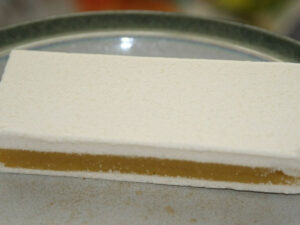
Bánh In Nhân Sầu Riêng
Features a creamy durian filling with a strong aroma.
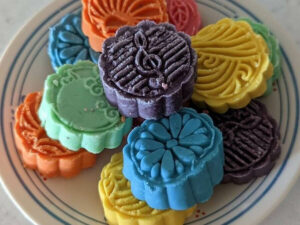
Bánh Phục Linh
Similar to bánh in but made solely from dough and without any filling.
Next, let’s check its good and not-so-good aspects for a full view of Vietnamese print cake.
Pros and Cons of Eating Bánh In
Here are a few pluses and minuses of bánh in.
Pros
Cons
Additionally, don’t miss below regularly asked concerns of bánh in for more insight.



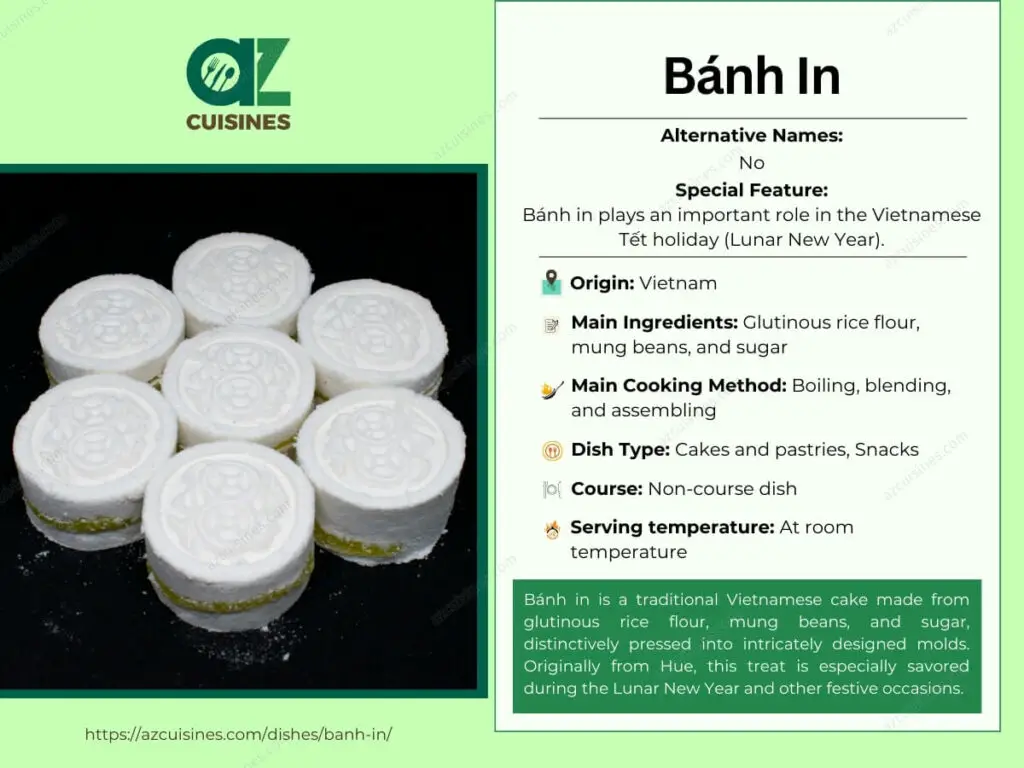
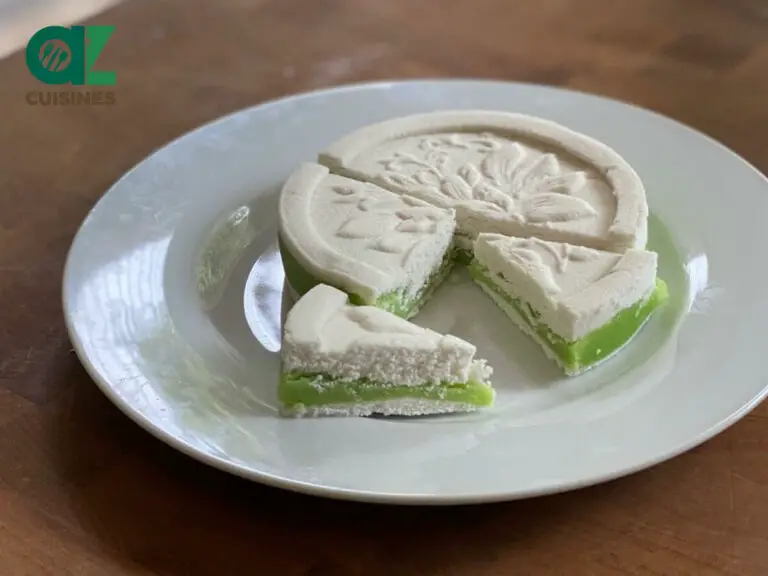
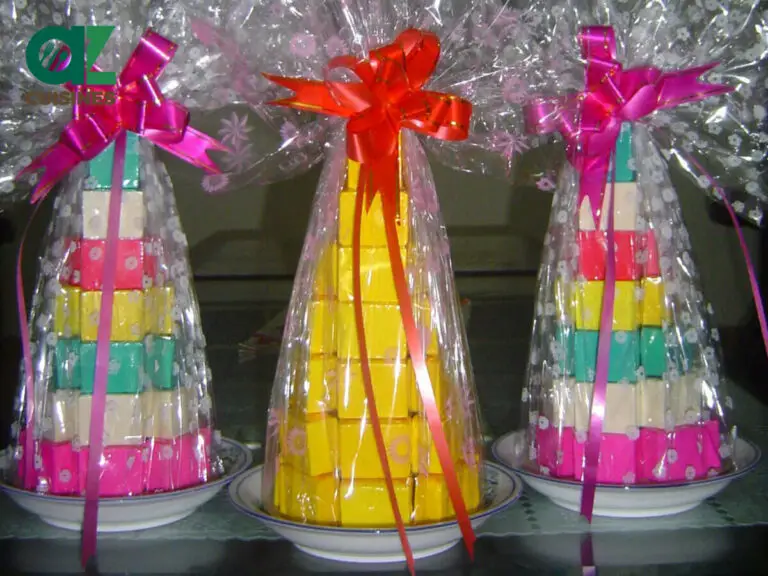
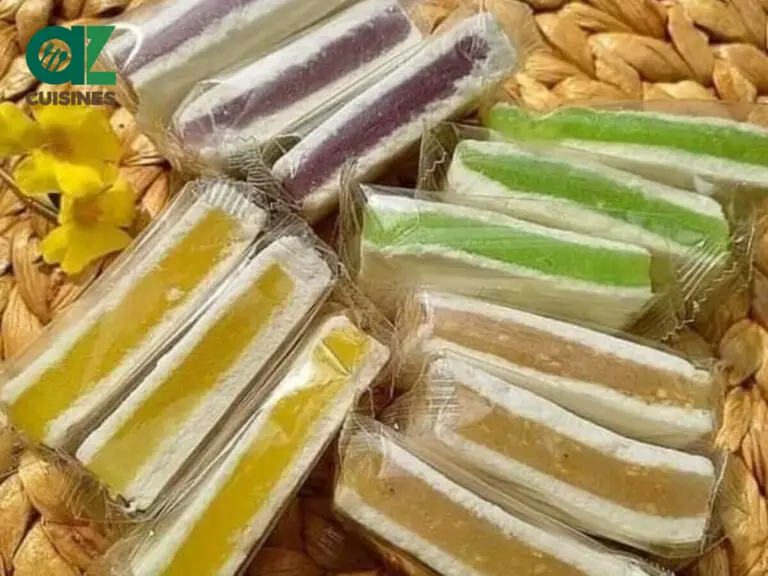
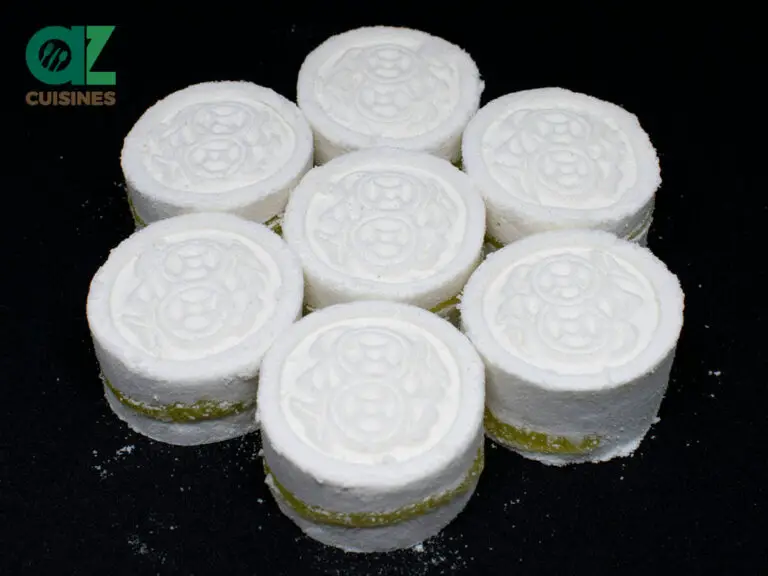
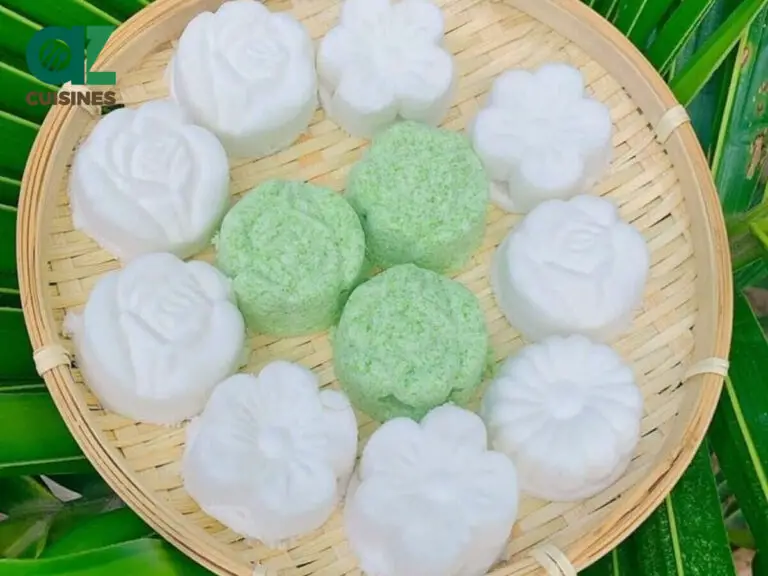
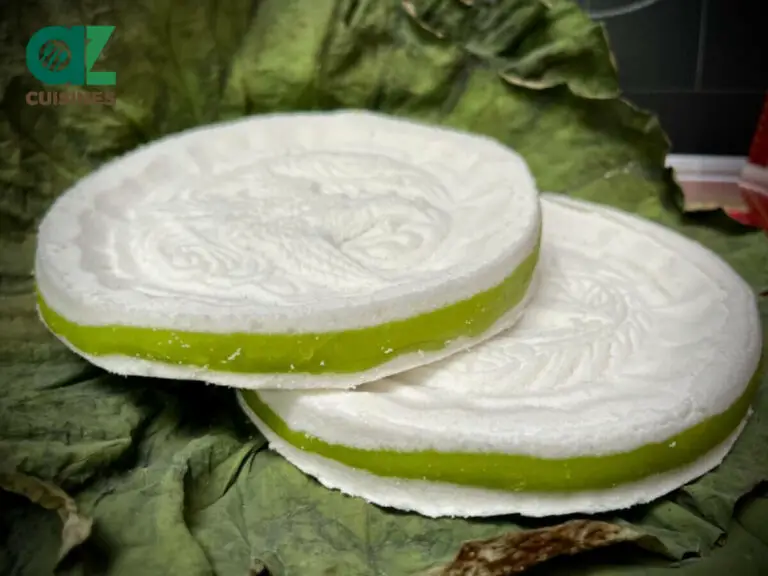
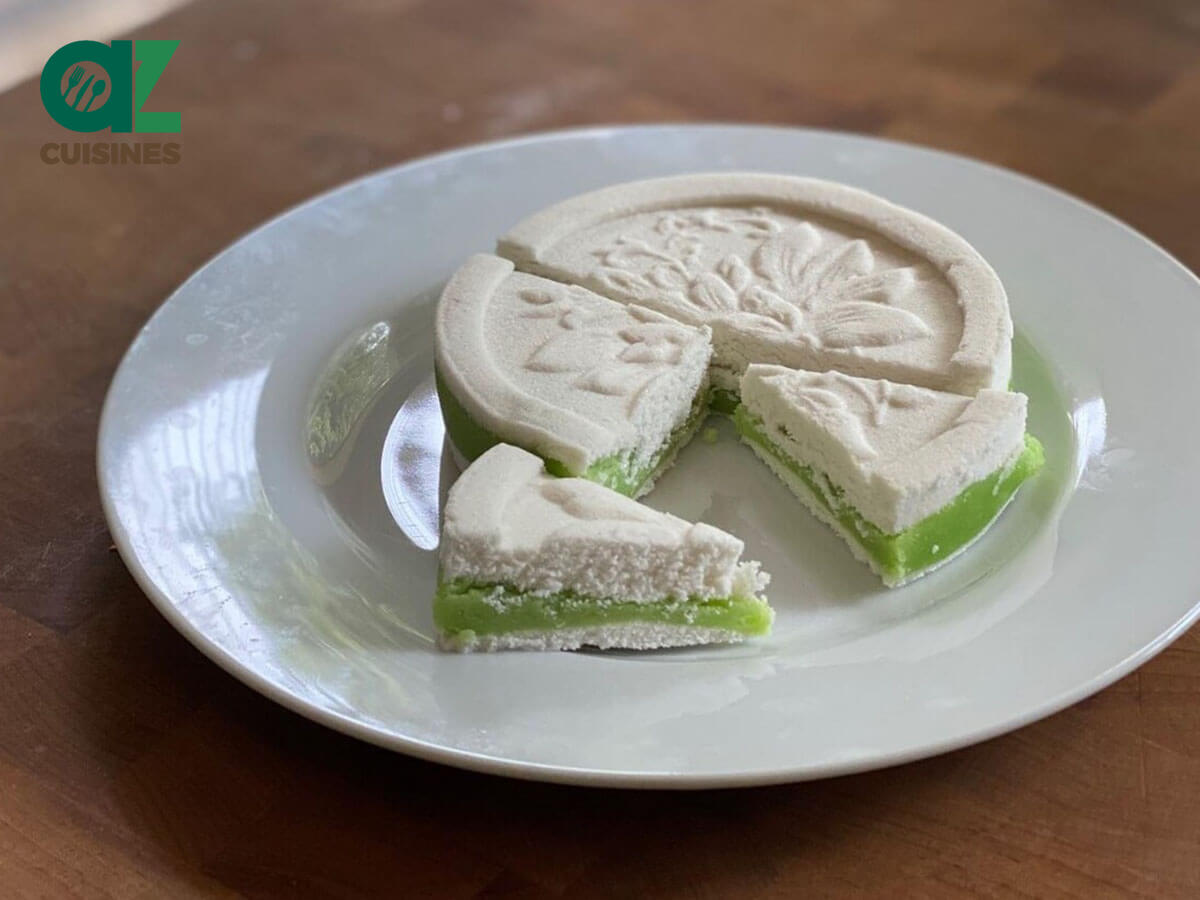
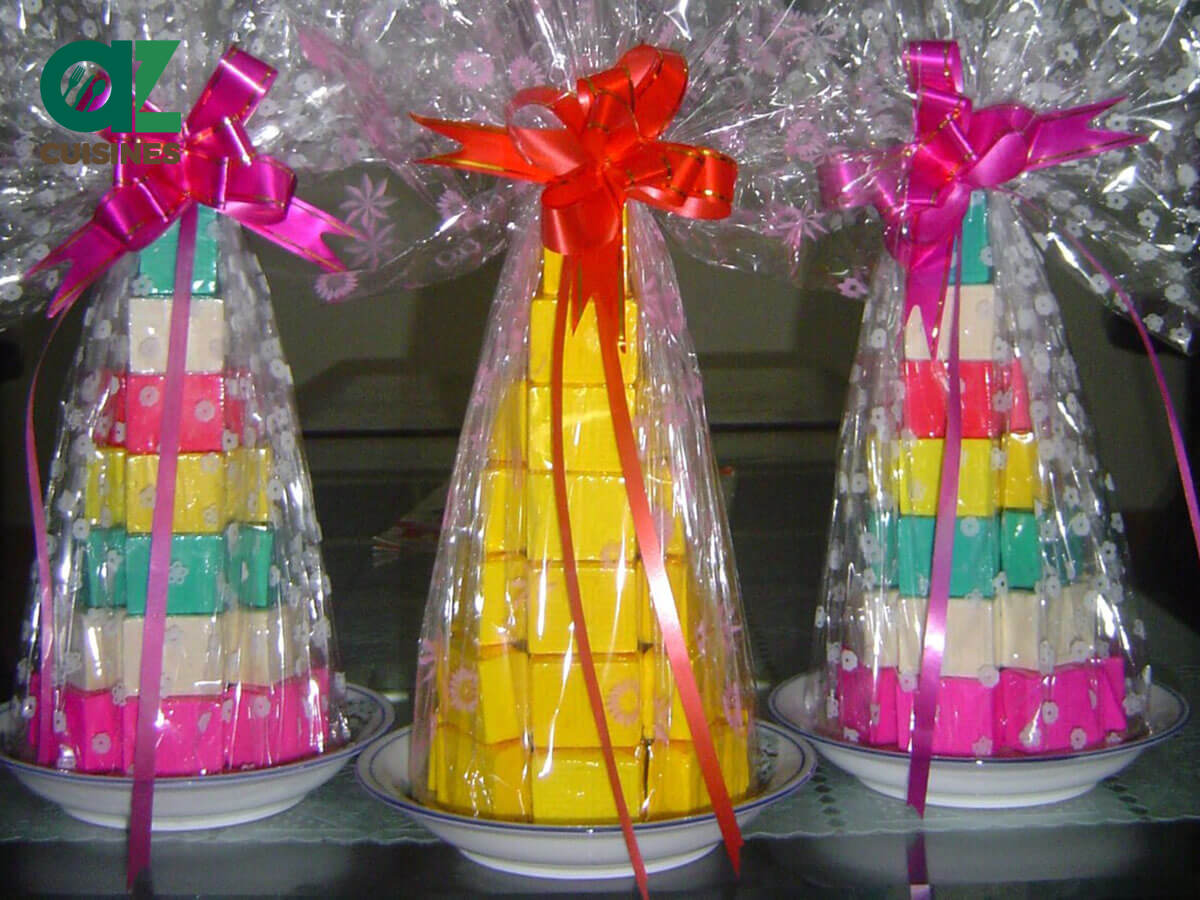
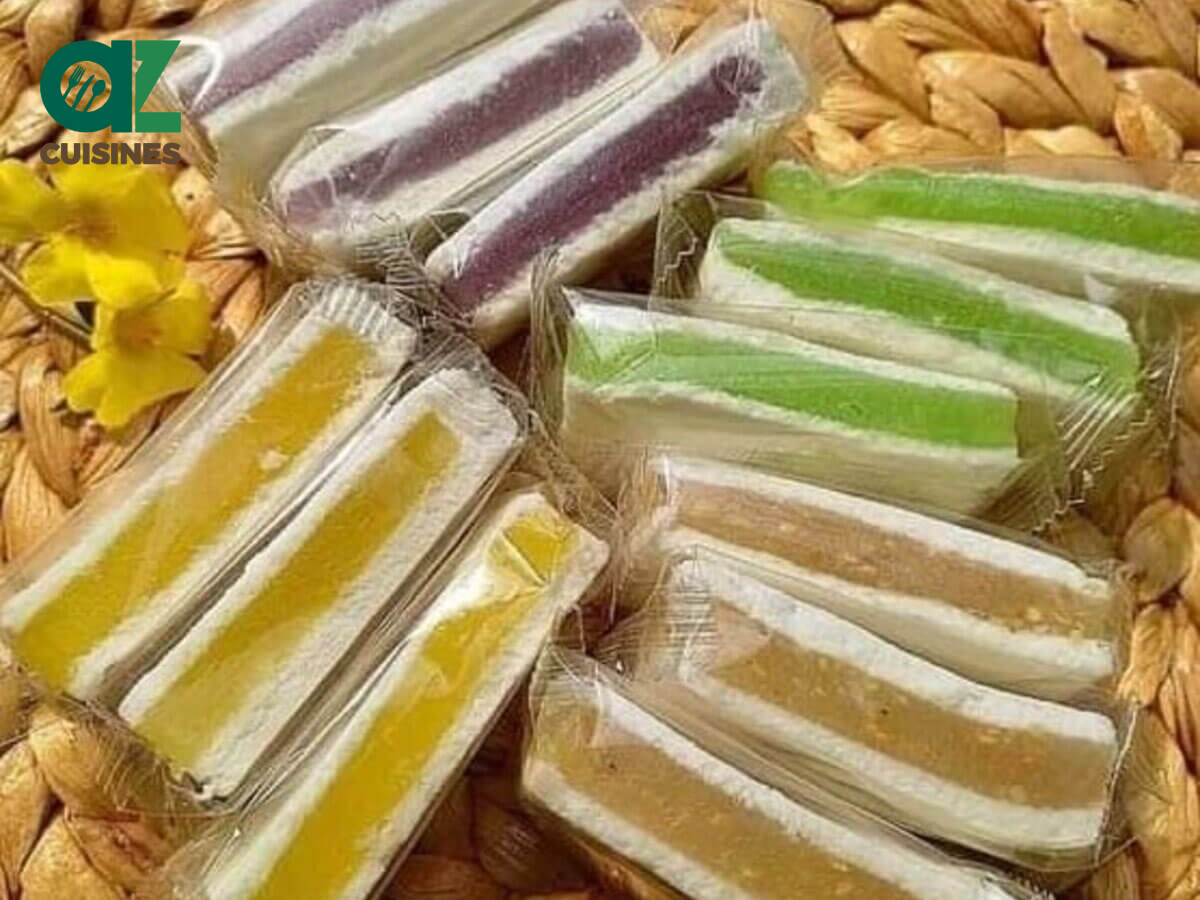

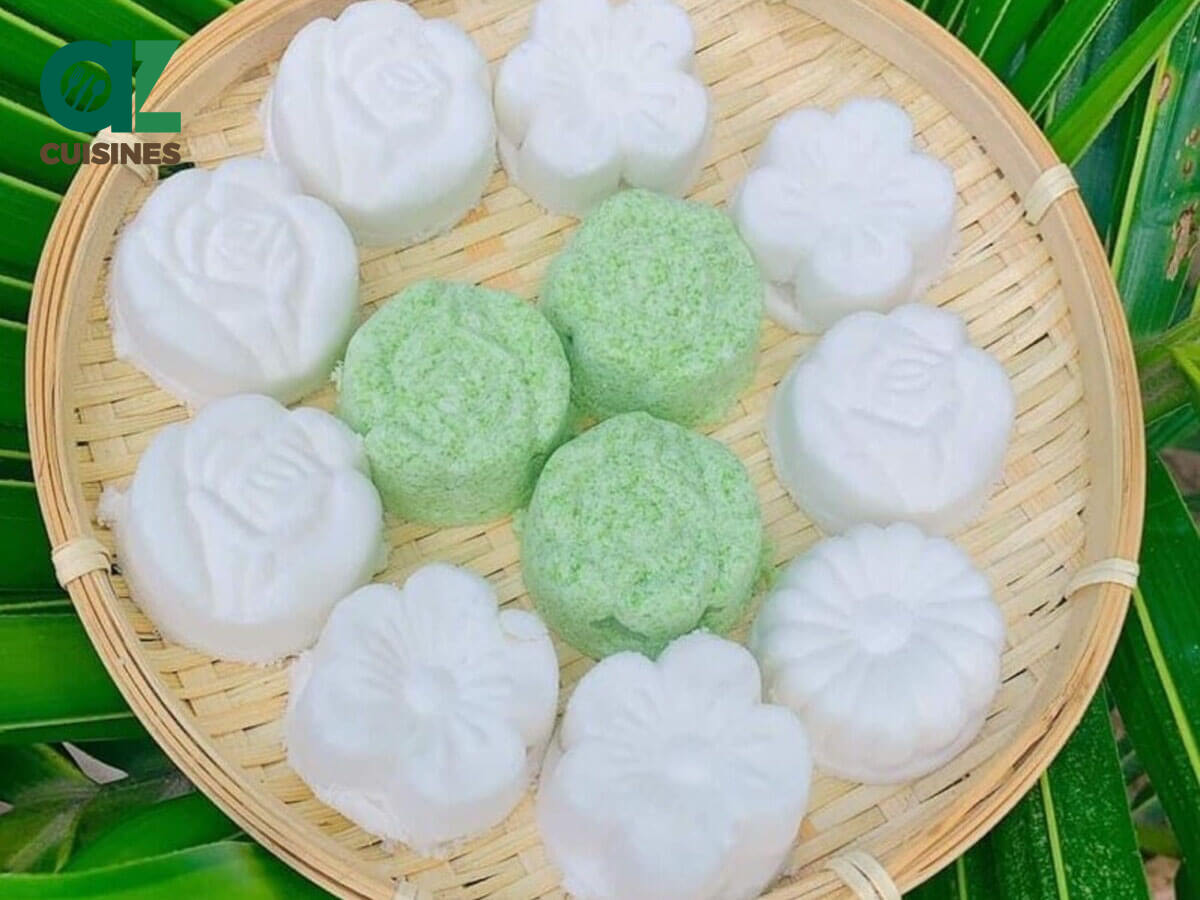
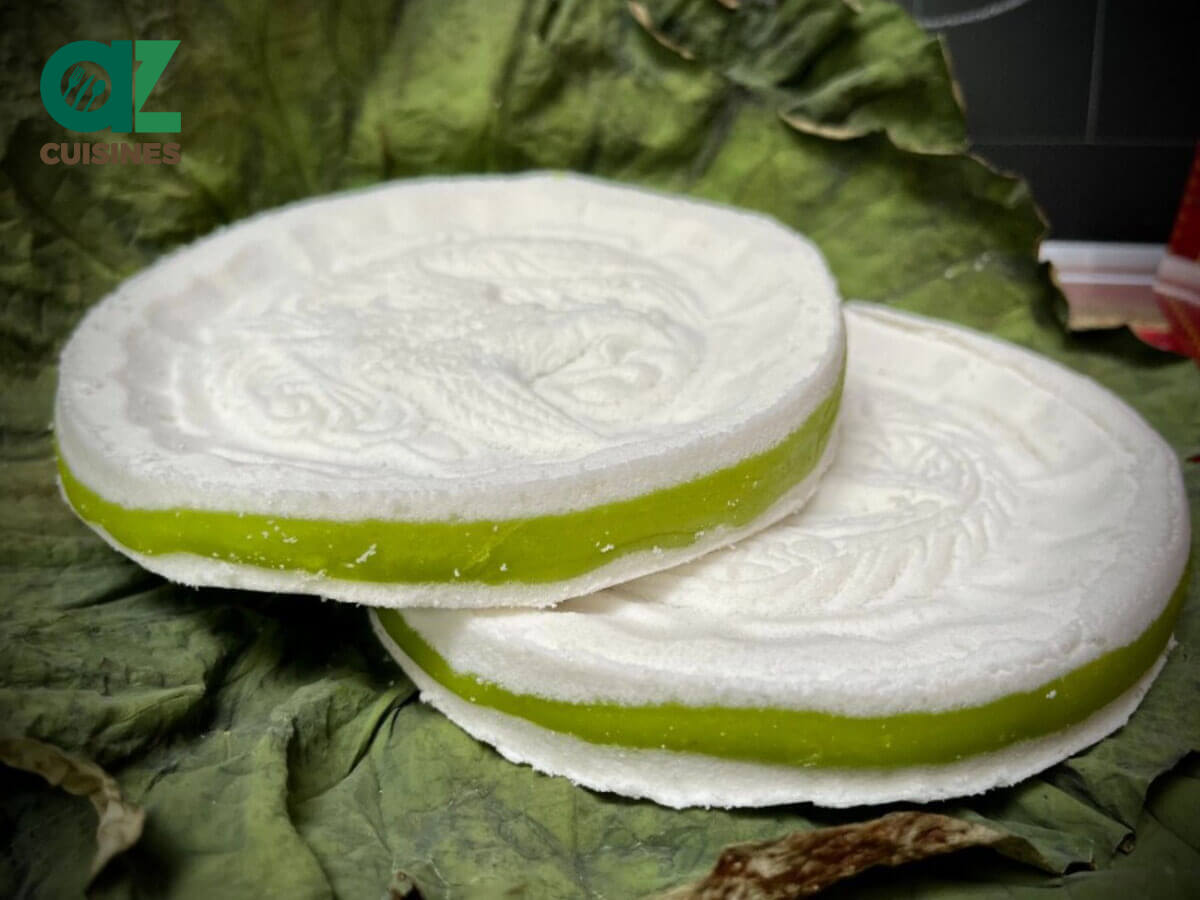

Truc Tran (Kris)
Senior Food Editor
Expertise
Home Cooking, Meal Planning, Recipe Development, Baking and Pastry, Food Editor, Cooking-video Maker, Vietnamese Food Evaluation Expert
Education
Truc Tran (Kris), an experienced food writer and editor, is great at exploring and describing global cuisines, from simple street food to fancy dining. In her writing, she skillfully mixes different flavors, cooking methods, and culinary traditions, showing the unique character of various cultures through their food and drinks. On azcuisines.com, Kris highlights her knowledge, especially in Asian cuisine and worldwide traditional dishes.